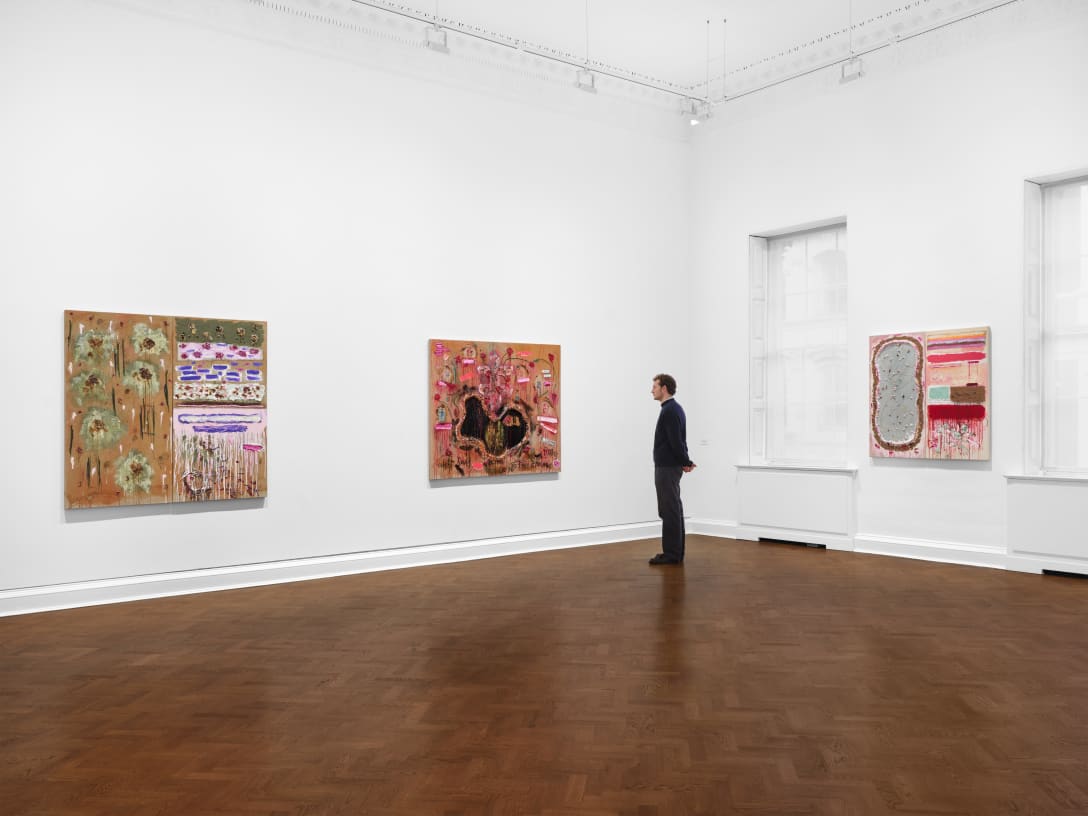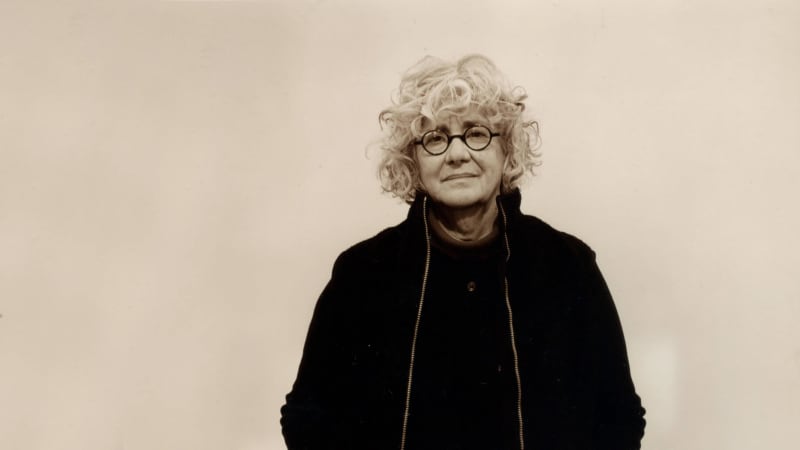Zadie Xa: “House Gods, Animal Guides and Five Ways 2 Forgiveness” Review by Suining Sim
The appearance of a spirit can mean many things. It could be an ancestor or a deity, a reminder of the unresolved or a lingering old wound. Princess Bari (2022), a colorful robe that opened Zadie Xa’s exhibit “House Gods, Animal Guides and Five Ways 2 Forgiveness” at Whitechapel Gallery, represents all of the above. Originally a guide for spirits entering the underworld in Korean mythology, Xa’s iteration seeks instead to shepherd us through a ghostly in-between that drew together everything from folklore to speculative fiction in an interrogation of identity and the legacies of colonialism.
When settler-colonialists first arrived in the New World, they seized land on the basis that it was terra nullius—“nobody’s land.” For this logic to work, the people and ecologies that lived on it had to be erased until they were nothing more than ghosts haunting ancestral ground. Likewise, Xa’s space was dreamlike, the pared-down space dimly lit by sconces and filled with the sounds of birdcalls, windchimes, and running water, creating a spectral lushness reminiscent of what once stood in its place.
Yet Xa also suggests that anything gone from sight is not necessarily lost. The underworld is by nature a state of flux, full of the dead but also spirit(s), liminal enough for new identities to be stitched together. Princess Bari herself wears a hanbok (traditional Korean dress), whose silhouette is at once fractured and mended by forces of modernity. She is a literal pastiche of influence, a “magical garment” permanently under identity construction. As any diasporic body, she makes this polyphony of cultural fragments a new identity, intercutting pinks, greens, and yellows with motifs of half-fermented kimchi, flying knives, and the snowboard patches of a 1990s Canadian youth.
In a similar vein, Xa’s central installation, House (2022), demonstrates that things presumed gone can resurface in this underworld. The hanok, a traditional Korean house, designed in collaboration with Benito Mayor Vallejo, has seven kkoktu, or funerary guides, standing atop its roof. While they are each responsible for protecting, amusing, and caring for the dead, the hanok is empty, leading the viewer to think that the kkoktu are here for the mural along its three walls. The eponymous oil painting House Gods, Animal Guides and Five Ways 2 Forgiveness (2022) features a lush natural scene. Foxes dance atop trees and orcas soar through the sky. A tiger presses against an old woman holding flowers while ghostly figures emerge from the trees. Here, boundaries dissolve again, recalling a time when god, human, and animal coexisted, before Enlightenment philosophy killed the gods and determined that humans had the right to possess and degrade the land. Enveloped in this distant memory (or perhaps possibility) of an interconnected world, a sense of peace descends.
As we exited the hanok, however, we were reminded that loss is not a final state. Displayed on the back wall was a set of funerary masks, Harangi (Orange Tiger) and Halmoni (Grandmother) (both 2022). Both recall tigers, which are not just sacred in Korean culture but “tricksters” who disrupt and change the plots they move in. Though the mythical figures seem too agentive to suit its lifeless form (the masks), it is important to remember that this underworld is porous, with boundaries collapsing in all directions. While colonialism and its legacies have undeniably murdered physical bodies, epistemes, and ontologies, their spirits flicker persistently along this side of reality. We stand in the living world, excavating these traditions and—as Xa was attempting with this show—revealing traces of these lingering spirits.
Xa considers respect and forgiveness a critical part of her practice, an acknowledgement of the past that brings about reconciliation. Though we never get into how this confrontation should take place, we do get hints through Xa’s attempts that reconciling all these disparate forces is the only solution. A body, once touched by colonialism, can never be the same. But finding our way back to ancient cosmologies and weaving them into our new selves might just be enough to bring the dead back to our lives.















































































































































































